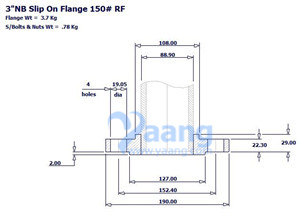A valve is a mechanism that opens and closes to control the flow of fluids. Valves are usually made from metal or plastic. They are manufactured in a wide variety of sizes, from very small to very large. Valves may be operated manually, automatically, or by remote control.
Types of Valves
Valves are classified by their location, design, and function into:
- Check valves - prevent backflow when the flow is in only one direction
- Globe valves - permit full flow in one direction with the restricted flow in the opposite direction
- Gate valves - permit full flow in both directions with some reduction of pressure across them
- Ball valves - allow full flow through them only when they are rotated 90 degrees so that they lie flat against their seats.
- Butterfly valves – This type of valve is often referred to as simply a butterfly because its shape resembles that of a butterfly’s wingspan when closed (i.e., it is flat). Butterfly valves are generally non-rising type valves that use internal pressure from within the pipeline itself to lift their disk and allow fluid flow through.
- Control valves are used to regulate the flow rate and pressure of a fluid. These valves may be manual or automatic. The manual type requires human intervention to open or close the valve manually; while automatic ones can be opened or closed with the help of an electric motor or pneumatic mechanism.
- Safety valves are designed to prevent over-pressurization within systems by releasing excess pressure through an outlet port when the internal pressure reaches a specified value. There are two types of safety valves: relief and blow-off. Relief valves are designed to open automatically at preset pressures while blow-off valves allow gas bubbles to escape through them at pressures above their set point.
- Stop Valves - A stop valve is a type of gate valve that controls the flow of fluids by closing off an entire line or section of piping at once. Stop valves have no moving parts and therefore require no electricity or batteries to operate them. They can be used in situations where there's a large amount of pressure behind the fluid being controlled by the valve (such as hot water). Stop valves are also commonly used to shut off gas lines during maintenance work on equipment such as furnaces and boilers.
Valve solutions to meet your needs
We design and manufacture valves for a wide range of applications. Our product portfolio includes valves, actuators, and control systems for water, gas, and steam as well as specialty products such as valve automation solutions and converters.
Our valves are used in a wide range of industries and applications, including:
- Oil & gas industry
- Chemical industry
- Food & beverage industry


